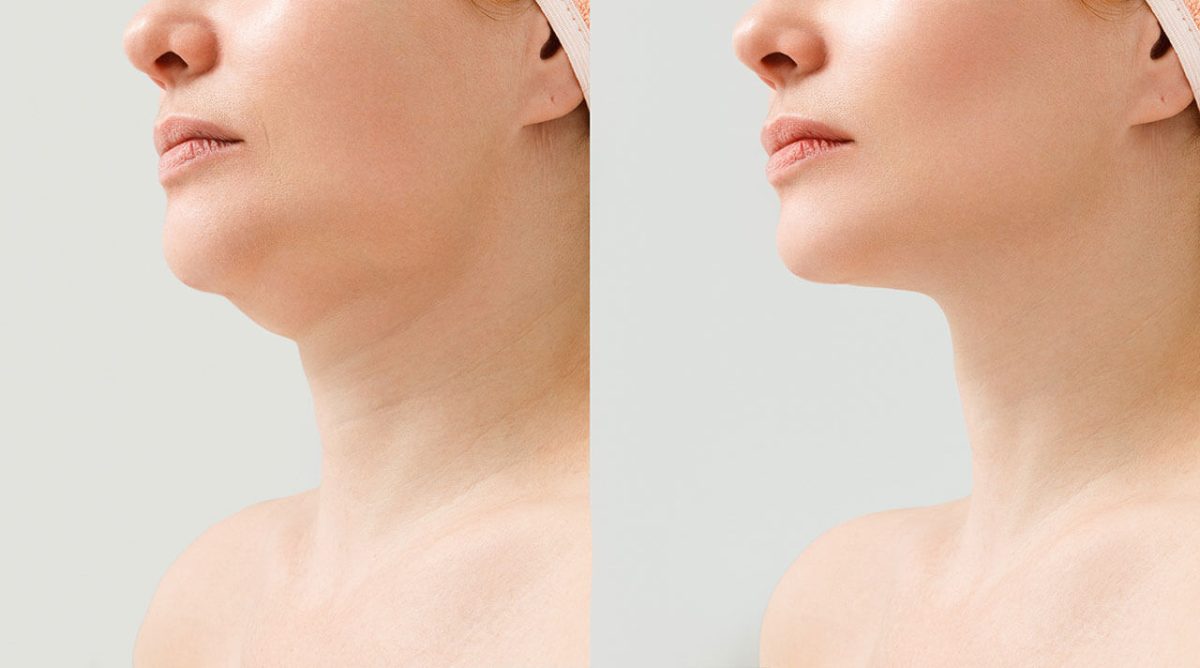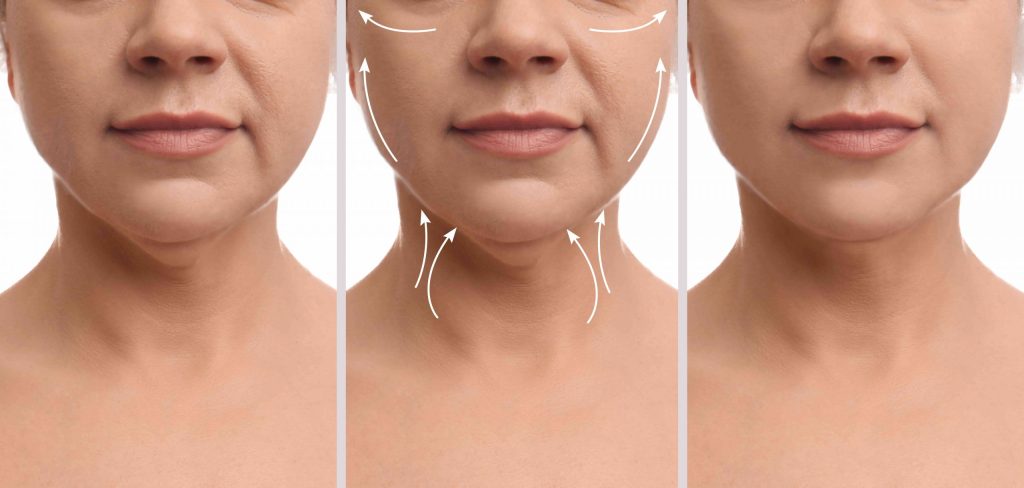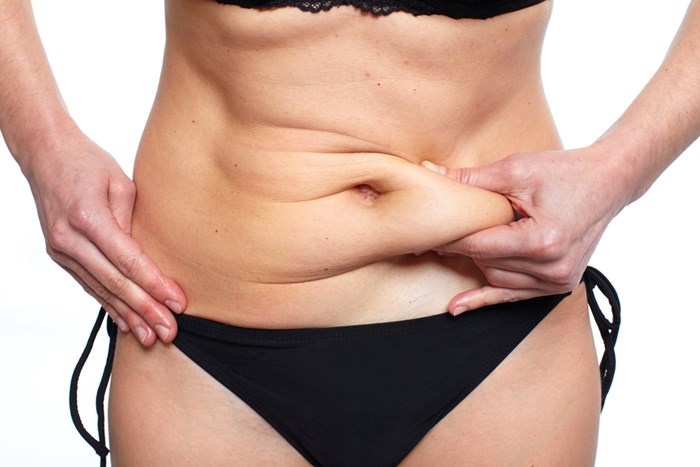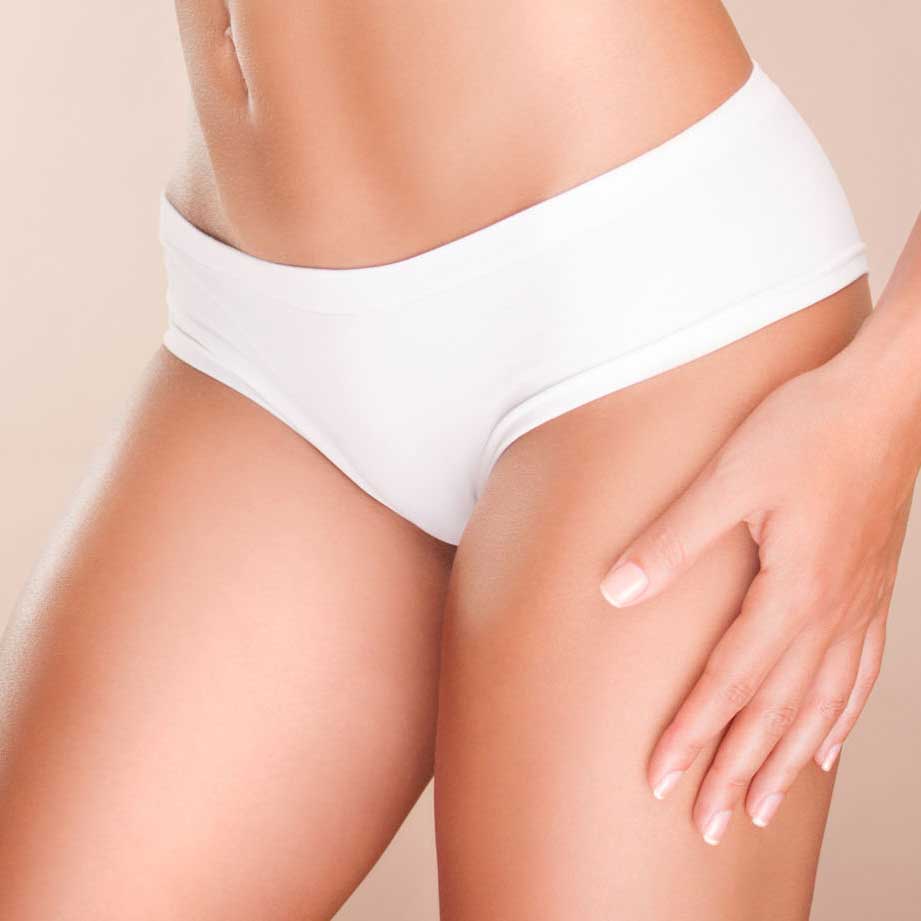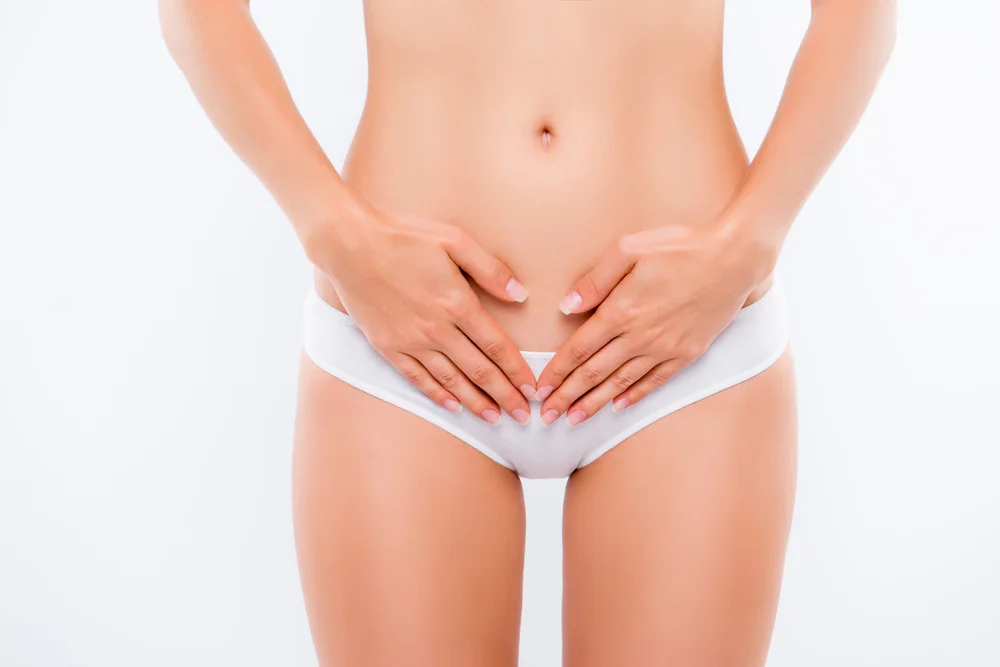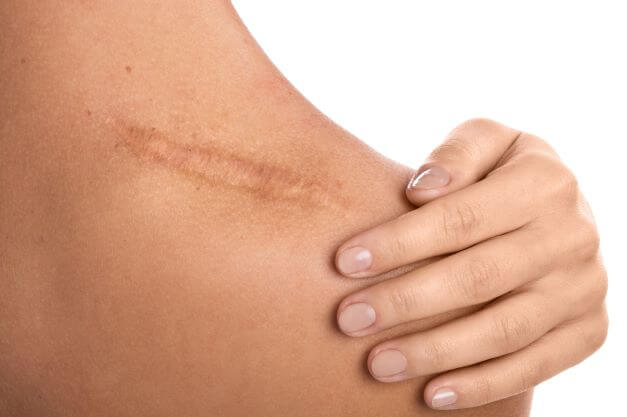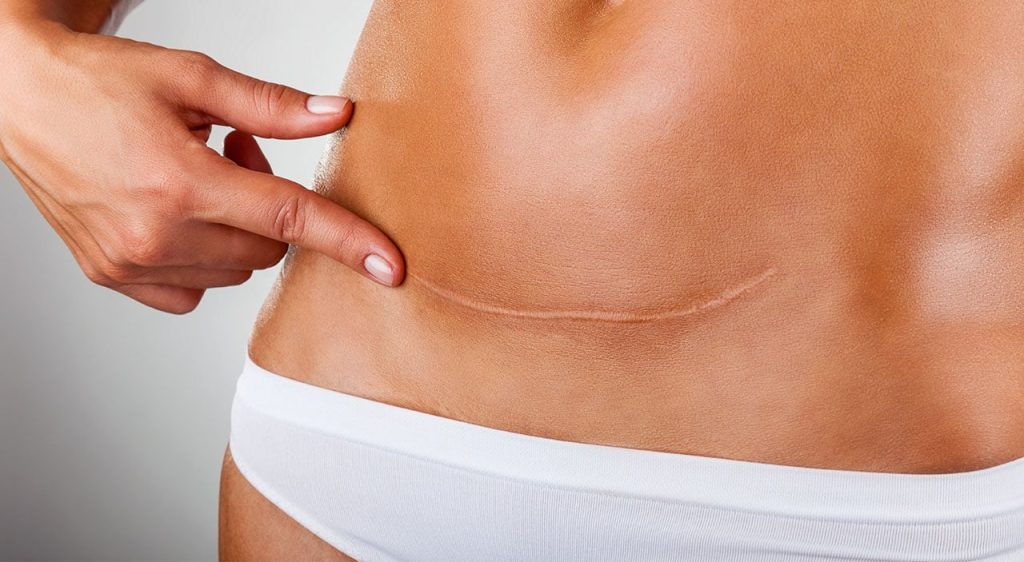Restylane, a trusted name in the world of cosmetic enhancements, offers a solution for those seeking to diminish facial wrinkles and add volume to their skin without undergoing invasive procedures. This FDA-approved dermal filler is designed with safety and efficacy in mind, utilizing hyaluronic acid—a substance naturally occurring in the body—to achieve natural-looking results. Whether it’s smoothing out laugh lines, plumping the lips, or contouring facial features, Restylane provides a versatile option for aesthetic improvement. Its growing popularity underscores its effectiveness in delivering immediate and noticeable outcomes while maintaining a profile of minimal downtime.
Understanding the Role of Hyaluronic Acid in Dermal Fillers
Natural Hydration
Hyaluronic acid plays a crucial role in skin health. It hydrates and volumizes the skin naturally. This substance is found in our bodies, especially in connective tissues and eyes.
It binds to water molecules, which helps maintain moisture. This process is vital for keeping the skin hydrated from within. When used in dermal fillers like Restylane, it effectively replenishes lost hydration.
Skin Elasticity
Maintaining elasticity and moisture is essential for youthful-looking skin. Hyaluronic acid contributes significantly to this by ensuring that the skin remains supple and smooth.
Over time, our natural production of hyaluronic acid decreases. This reduction leads to wrinkles and fine lines appearing more prominently on our faces. Dermal fillers containing hyaluronic acid can help restore this balance.
Wrinkle Reduction
Restylane uses hyaluronic acid as its primary component for wrinkle reduction. By injecting it directly into targeted areas, it fills out wrinkles and adds volume where needed.
-
Pros:
-
Immediate results
-
Minimal downtime
-
-
Cons:
-
Temporary effects
-
Potential side effects like swelling or bruising
-
This procedure offers a non-surgical option for those looking to reduce signs of aging without undergoing invasive treatments.
Exploring the Benefits and Process of Cosmetic Injectables
Immediate Results
Cosmetic injectables like Restylane offer immediate visible results. This is a key benefit for those seeking quick enhancements. After treatment, changes in skin texture and volume are noticeable.
Patients often report seeing improvements right after their sessions. These treatments fill wrinkles or add volume to lips, making skin look smoother and fuller instantly.
Short Procedure
The procedure time for injectable treatments is typically short, usually under an hour. This makes it convenient for people with busy schedules.
You can have a session done during a lunch break and return to your daily activities with minimal disruption. The efficiency of these procedures adds to their appeal among those looking for fast beauty solutions.
Confidence Boost
Injectables can significantly boost self-confidence by enhancing facial aesthetics. They help individuals achieve their aesthetic goals without the need for invasive surgery.
Here are some ways injectables contribute to improved self-esteem:
-
Smoother skin
-
Fuller lips
-
Reduced appearance of wrinkles
People often feel more confident in social situations after receiving cosmetic injections. Seeing positive changes in one’s appearance can lead to greater satisfaction with one’s image.
Types of Restylane Fillers and Their Specific Uses
Restylane-L Use
Restylane-L is a popular choice for addressing laugh lines. It effectively smooths wrinkles around the mouth, offering a more youthful appearance.
Patients choose Restylane-L for its natural-looking results. The filler provides subtle enhancements without drastic changes to facial expressions.
Restylane Lyft Benefits
For those seeking cheek augmentation, Restylane Lyft stands out. It targets midface contour deficiencies with precision.
This type of filler not only lifts the cheeks but also improves overall facial symmetry. Users appreciate the balanced look it achieves.
Silk Lip Enhancement
Restylane Silk has been designed specifically for lips and the area around them. It’s perfect for enhancing lip volume and smoothing fine lines.
Its formulation ensures a smoother, more defined lip border. This makes it ideal for individuals wanting both plumpness and definition in their lips.
Different types of Restylane fillers cater to specific areas and needs within cosmetic injectables. Each type offers unique benefits:
-
Restylane-L: Best for laugh lines.
-
Restylane Lyft: Ideal for cheek augmentation.
-
Restylane Silk: Designed specifically for lip enhancement.
Choosing between these options depends on individual goals and specific needs concerning facial aesthetics. Consulting with a professional can help determine which type will best achieve desired results while maintaining natural beauty standards.
Procedure, Recovery, and Side Effects of Restylane Treatments
Treatment Procedure
The procedure for Restylane treatments is straightforward. A healthcare provider might use local anesthesia to reduce discomfort during the injection process. This makes the treatment more comfortable for patients.
Patients often worry about pain. However, with local anesthesia, the discomfort is minimal. The entire procedure usually takes less than an hour. Afterward, most individuals can go back to their daily activities almost immediately.
Recovery Time
Restylane treatments offer minimal downtime. Most patients return to normal activities right after their session.
This quick recovery is a major advantage of Restylane fillers. Unlike surgical options that require weeks of recovery, Restylane lets you resume your life without delay.
Potential Side Effects
Like all medical procedures, there are potential side effects with Restylane treatments:
-
Temporary redness
-
Swelling
-
Bruising at injection sites
These side effects are typically mild and resolve on their own within a week or two.
Despite these possible side effects, many find the benefits outweigh the risks. The treatment effectively addresses volume loss and rejuvenates the skin.
Aftercare Tips Following Restylane Injections
Exercise Caution
After receiving Restylane injections, it’s crucial to avoid strenuous exercise for at least 24 hours. This helps in minimizing swelling and bruising.
Taking it easy ensures your body focuses on healing. Activities like jogging or weight lifting can wait a day.
Apply Ice
Swelling is common after treatment. Applying ice packs can be very helpful.
Use ice packs for short periods. They reduce swelling effectively. Make sure to wrap the ice pack in cloth to protect your skin.
Maintain Cleanliness
Keeping the treated area clean is essential to prevent infection. Use gentle cleansers and avoid harsh chemicals.
Wash the area with mild soap and water. Pat dry carefully afterwards.
Longevity and Effectiveness of Restylane Results
Duration Varies
The longevity of Restylane results is not a one-size-fits-all situation. Typically, outcomes can last anywhere from 6 months to over a year. This variation largely depends on the treatment area.
For instance, injections in areas with less movement may enjoy longer-lasting effects. Conversely, more active regions might see quicker diminishing results.
Individual Factors
Effectiveness also hinges on personal factors such as skin type and lifestyle. Those with resilient skin may notice prolonged benefits, whereas individuals with certain habits like smoking may experience shorter-lived results.
It’s crucial to consider these variables when setting expectations for your Restylane treatment outcomes.
Maintenance Needs
To sustain the looking results you desire, follow-up treatments are often necessary. The initial effect gradually diminishes over time.
Scheduling regular appointments can help maintain the youthful appearance that Restylane offers. It ensures continuity in combating signs of aging effectively.
Cost Considerations for Undergoing Restylane Treatments
Geographic Variation
The cost of Restylane treatments can differ greatly depending on where you live. In larger cities, prices may be higher due to the increased demand and higher living costs. Conversely, in smaller towns or less populated areas, the cost might be lower.
For example, a clinic in New York City will likely charge more than one located in a rural area. This variation is something to consider when planning your treatment.
Practitioner Expertise
The experience and qualifications of the practitioner also play a crucial role in determining the cost. Highly skilled professionals with years of experience usually charge more for their services.
Choosing an experienced practitioner ensures better results but at a higher price. It’s important to balance cost with quality when selecting a provider.
Multiple Sessions
Restylane treatments often require multiple sessions for optimal results. Each session adds to the total expense. The longevity and effectiveness discussed previously highlight this necessity.
Planning financially for several treatments is essential. It helps avoid unexpected expenses down the line.
Insurance Coverage
Most insurance plans do not cover cosmetic procedures like Restylane.
-
Check your plan: Some may offer partial coverage under specific conditions.
-
Out-of-pocket costs: Be prepared to pay entirely out-of-pocket if your insurance doesn’t cover it.
Understanding these factors helps manage expectations regarding overall expenses related to Restylane treatments.

Comprehensive Guide to Achieving a Youthful Appearance with Restylane
Professional Consultation
Seeking advice from a qualified professional is the first step. They assess your skin and discuss goals. This ensures treatments meet individual needs.
Professionals tailor Restylane treatments to target wrinkles, fine lines, and loss of facial contours. Each plan is unique, just like every person’s skin.
Combined Treatments
Combining Restylane with other procedures can boost results. Options include laser therapy and microdermabrasion.
This approach addresses various signs of aging for a comprehensive rejuvenation. It enhances natural beauty and restores youthful glow more effectively than single treatments.
Maintenance Treatments
Regular follow-ups are key to lasting results. They help sustain the youthful transformation longer.
Maintenance sessions vary based on individual aging processes and treatment responses. Typically, they’re scheduled every 6 to 12 months.
Summary
Restylane treatments offer a versatile and effective solution for those seeking to enhance their appearance through the use of hyaluronic acid-based dermal fillers. They provide a range of options tailored to meet specific cosmetic needs, from smoothing wrinkles to adding volume and definition. The process involves a minimally invasive procedure with a manageable recovery period, making it an appealing choice for individuals looking to achieve noticeable yet natural-looking results. Moreover, the longevity and effectiveness of Restylane fillers, coupled with comprehensive aftercare, ensure sustained satisfaction with the outcomes. However, potential clients should consider the cost implications and consult with qualified professionals to determine the most suitable type of Restylane treatment for their unique requirements.
As the demand for non-surgical cosmetic enhancements continues to grow, Restylane remains at the forefront, offering safe and reliable options for those aiming to rejuvenate their appearance. It is essential for interested individuals to seek information from credible sources and engage with experienced practitioners to maximize the benefits of Restylane treatments. For further details or to schedule a consultation, contact a certified cosmetic specialist today.
Frequently Asked Questions
What is the role of Hyaluronic Acid in Restylane fillers?
Hyaluronic acid, a naturally occurring substance in the skin, helps retain moisture and adds volume. In Restylane fillers, it’s used to smooth wrinkles and enhance facial contours effectively.
How does the process of getting Restylane injections work?
The process involves injecting Restylane under the skin using a fine needle. It’s a quick procedure usually completed within 30 minutes to an hour, depending on the treatment area.
Can you explain the different types of Restylane fillers available?
Restylane offers various formulations tailored for specific areas: from smoothing wrinkles, enhancing lips, to adding volume to cheeks. Each type is designed for particular results in targeted areas.
What should I expect during recovery after receiving Restylane treatments?
Post-treatment recovery typically involves minimal downtime. Patients may experience slight swelling or bruising at injection sites but can return to daily activities shortly afterward.
Are there any side effects associated with Restylane injections?
Common side effects include temporary redness, swelling, pain at injection sites. Serious complications are rare when performed by qualified professionals.
How long do results from Restylane last?
Results vary but generally last between 6 to 18 months before natural absorption by the body occurs. Longevity depends on treatment area and individual metabolic rates.
What are typical costs involved with undergoing Restylane treatments?
Costs depend on treatment extent and geographic location but generally range from several hundred to over a thousand dollars per session. Consultation with a professional can provide more precise estimates based on individual needs.








